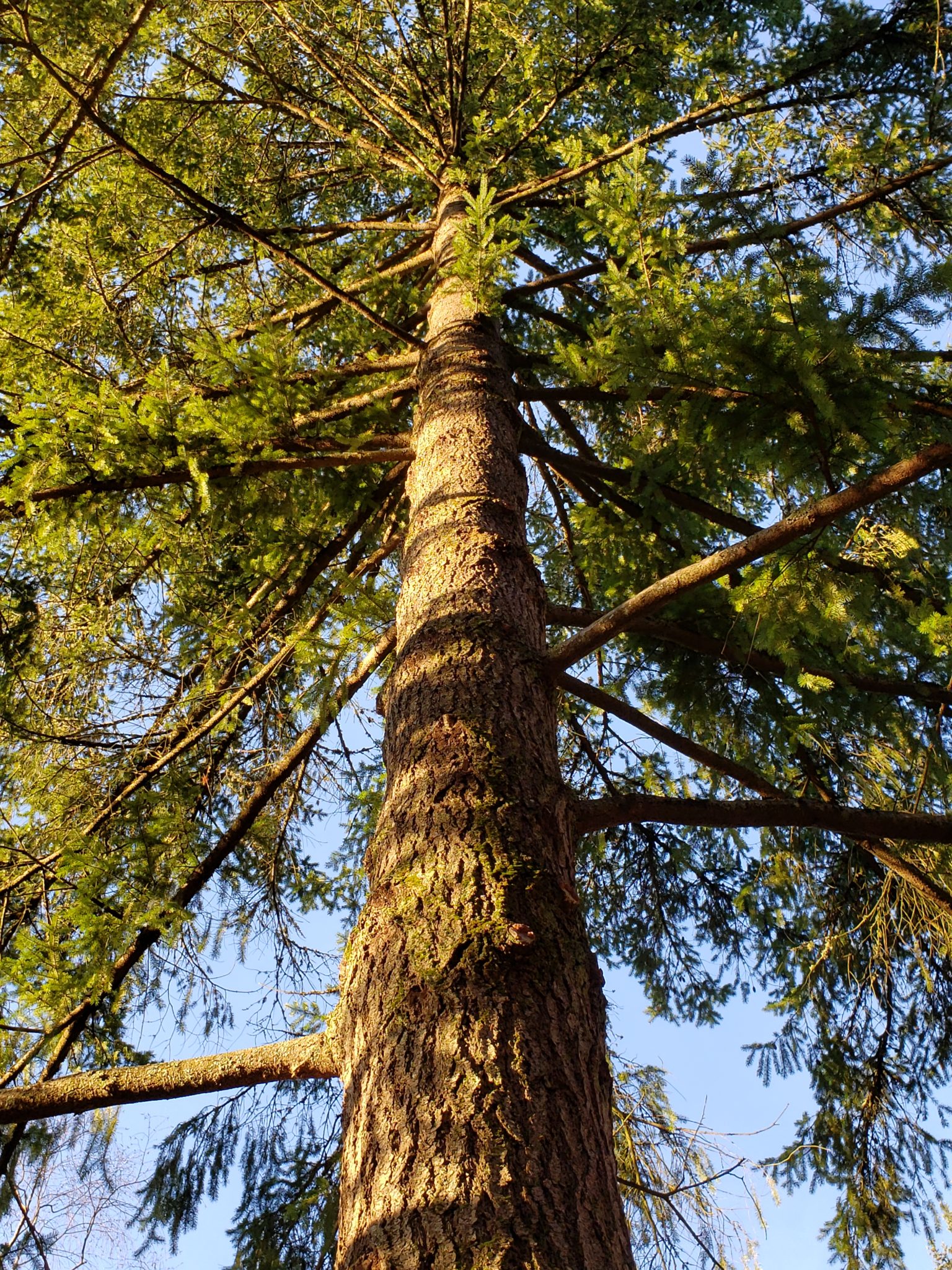
Species Highlight: Douglas-fir
Douglas-fir trees grow all around us, dominating neighborhood skylines in all corners of the Portland area. The vast majority of conifers growing west of the Cascades are Douglas-firs. The Douglas-fir, Pseudotsuga menziesii, is the official state tree of Oregon due to its economic and ecological significance to our state. Douglas-fir seeds, cones, inner bark and needles are important food sources to small mammals and birds in our region. The thick bark of mature living trees and the hollows of snags provide habitat and protection for many species.
The common name, Douglas-fir, is named after David Douglas, a Scottish botanist who studied the tree in Oregon in the 19th century. The Douglas-fir is not actually a true fir at all, which is why the common name is hyphenated. You can easily tell that it is not a true fir because its cones hang below the branch whereas a true fir grows its cones above the branch.
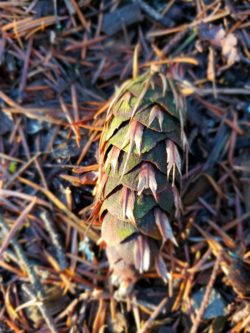
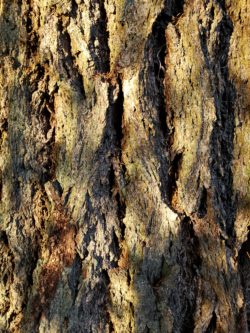
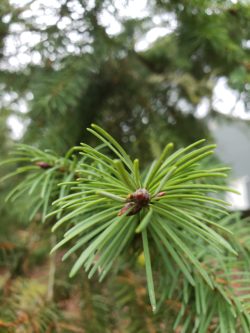
The large evergreen conifer is instantly recognizable by its hanging cones with three-pronged bracts. The tell-tale cones are about three inches long and grow in the upper part of the canopy. Mature trees have thick, fissured bark. One inch long needles grow in a spiral around the branches. The pointed red buds seen at the branch tip will grow into bright green new growth in the spring. These magnificent trees are so ubiquitous because they tolerate various soils and elevations.
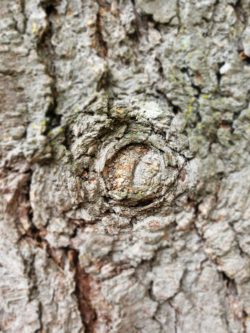
Due to the large size of a mature Douglas-fir, proper siting at planting time on an urban property is important. When young, the branches grow along the full height of the trunk, but as they age and the lower limbs become more shaded, they self-prune their lower, less productive limbs. Self-pruning in a tree means that the unproductive branch is sealed off and the branch eventually dies. The dead branch is then weakened by moisture, insect and fungal activity and eventually breaks off. In an urban setting where a falling branch poses a hazard, these larger dead branches should be removed before they fall to prevent injury or property damage. Self-pruning wounds along the lower trunk of Douglas-fir trees are commonly seen.
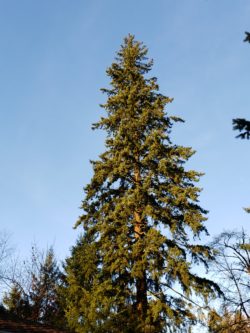
Douglas-firs can take 150 years of growth to reach their maximum height of over 300 feet tall. There are some specimens in our area that tower over the cityscape at 243 feet tall. Old growth stands of Douglas-firs regularly boast heights of 250 feet or more. Some local living Douglas-firs, like the Peg Tree in Lake Oswego, played a role in our history, dating back to the mid-1800s. The Peg Tree was used as a lantern post for the earliest town meetings. A notable Douglas-fir tree still growing today was the inspiration for the 1866 naming of the historic Lone Fir cemetery in southeast Portland.


